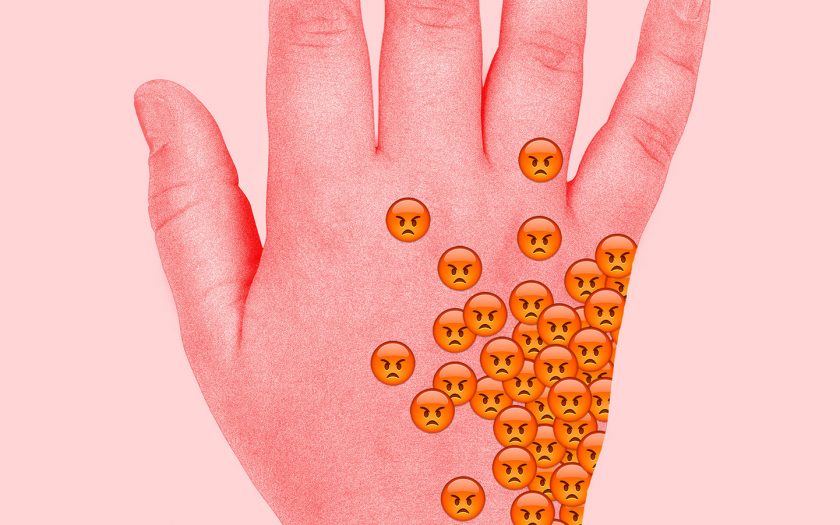Eczema is a chronic skin pathology that manifests in the form of foci of inflammation in the hands. For the first time, eczema occurs in an acute form, but with an untimely visit to a dermatologist acute eczema turns into a common chronic process.
Eczema manifests itself in the form of a small blistering rash (vesicles). At the same time, the skin may turn red and thicken, but there may be an option that the skin color does not change. After a while, the vesicles burst, leading to the formation of a big wound, which is easily infected – then a purulent secretion begins to appear instead of serous fluid. In addition to vesicles, the following manifestations of eczema distinguish:
- severe itching;
- peeling on the affected areas;
- swelling;
- increase in body temperature during exacerbations;
- insomnia and neurotic disorders.
Constant itching leads to scratching of the wounds, provoking the spread of infection. In this case, the lesions appear reddish and dry. Increased itching and other symptoms of eczema signal an exacerbation of the disease.
The main cause of hand eczema is a change in the reactivity of the skin due to immune and other disorders in the body. The following factors can provoke eczema:
- psychosomatic factors;
- dysfunctions of various body systems (central nervous system, endocrine, digestive);
- external irritants (chemicals, bacteria, physical factors);
- hereditary predisposition.
Some studies consider eczema as an allergic manifestation. Along with this opinion, there is a neurogenic theory of the development of eczema exacerbation – many experts consider this disease to be a kind of “skin neurosis”, accompanied by microcirculation disorders and trophic disorders.
Hand eczema is visually unaesthetic, so patients usually see a doctor in the early stages of the disease.
There are two types of eczema on the hands:
Ordinary.
In this case, the disease characterize by an acute onset, symmetric localization (both hands affected) and fuzzy boundaries. Symptoms such as itching and swelling of the skin, vesicles, and nodules appear. After a while, the vesicles burst, forming erosion, and serous contents release. Then content becomes dry, forming crusts – serous (with serous contents) or hemorrhagic (with bloody contents).
Over time, the disease becomes chronic, in which exacerbations can occur with the appearance of new vesicles, swelling and redness.
Microbial.
It occurs in the area of infectious skin lesions and divides into several varieties: mycotic (with a fungal component), dyshidrotic, etc. The diagnosis is determined by doctors after a combination of history and visual examination of the patient. The doctors pay special attention to traumatic damage of the skin.
In addition, there are other types of eczema (professional, seborrheic, pediatric and some others), they are localized not only on the hands.

